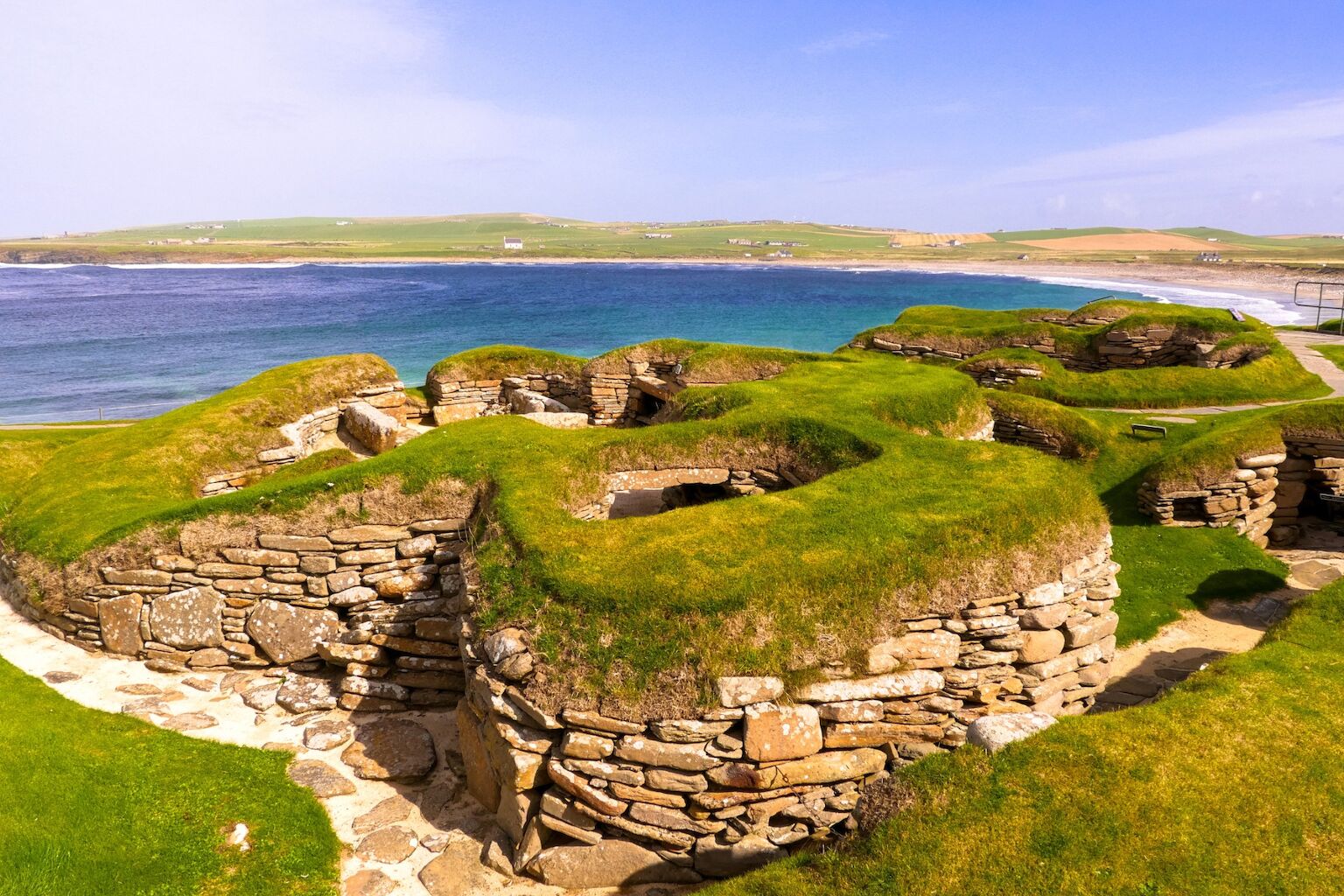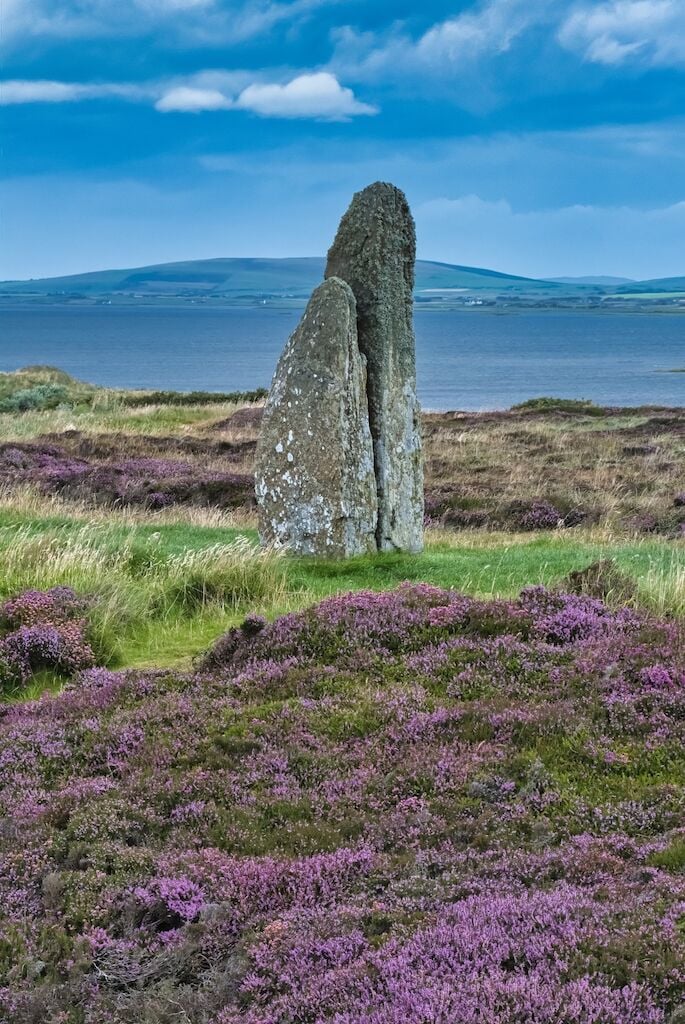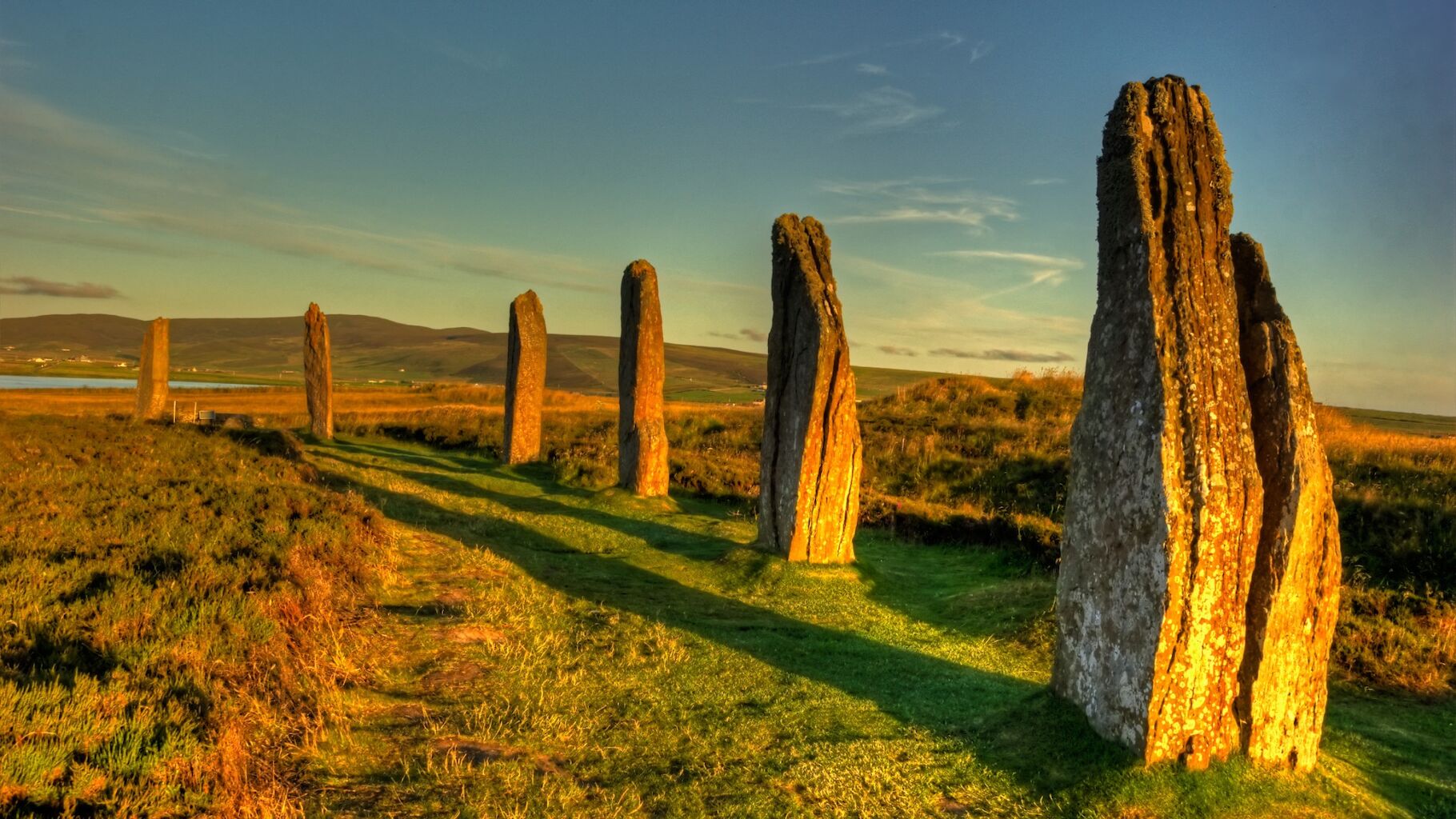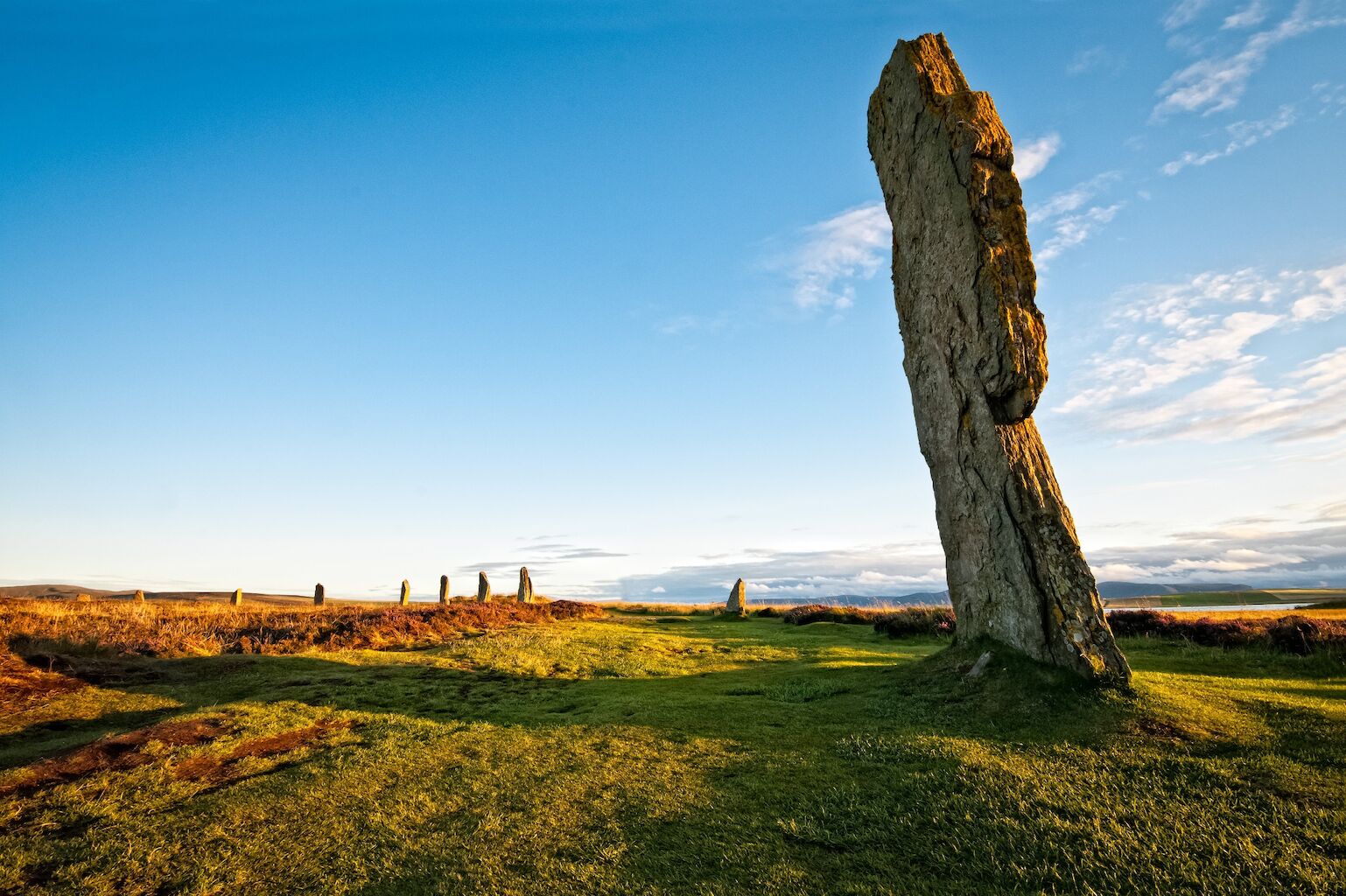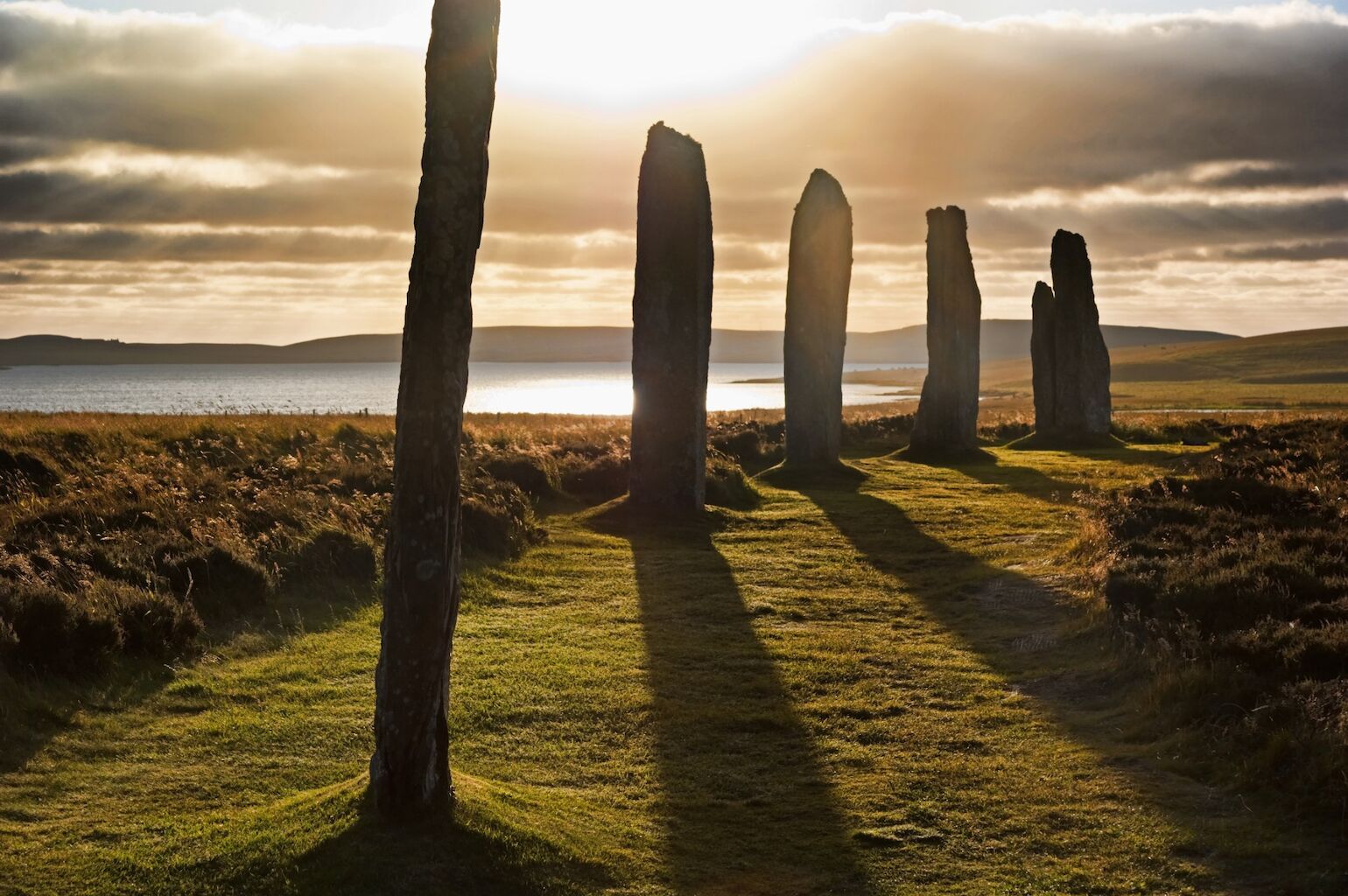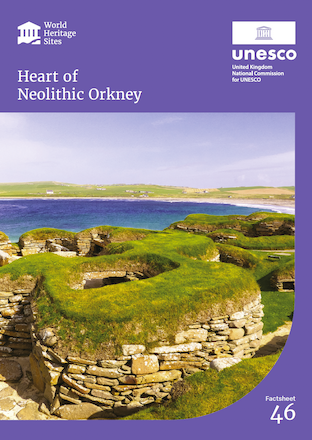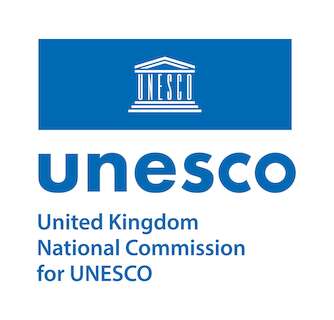Heart of Neolithic Orkney
Some 5,000 years ago, the prehistoric people of the Orkney Islands began building extraordinary monuments out of stone. Four of these monuments form the Heart of Neolithic Orkney. Each one is a masterpiece of Neolithic design and construction, and together they represent one of the richest surviving Neolithic landscapes in Western Europe. This group of domestic and ceremonial sites gives us incredible insights into the society, skills and spiritual beliefs of the people who built them.
What makes this UNESCO Designation special?
The four monuments that make up the Heart of Neolithic Orkney are located are located in a wider landscape rich with other archaeological remains.
Skara Brae is an exceptionally well-preserved settlement whose stone walls, passageways, and stone furnishings have survived to the present day.
Maeshowe, a great chambered tomb, is an extraordinary example of Neolithic architectural genius. It was designed to allow the winter solstice sunset to shine up the passageway and illuminate the spectacular central chamber.
The Stones of Stenness stone circle and henge is a very early example of this type of monument. The surviving stones are enormous, standing up to 6 metres in height.
The Ring of Brodgar is a great stone circle 130 metres across. Surrounded by a rock-cut ditch, it is set in a spectacular natural amphitheatre of lochs and hills.

